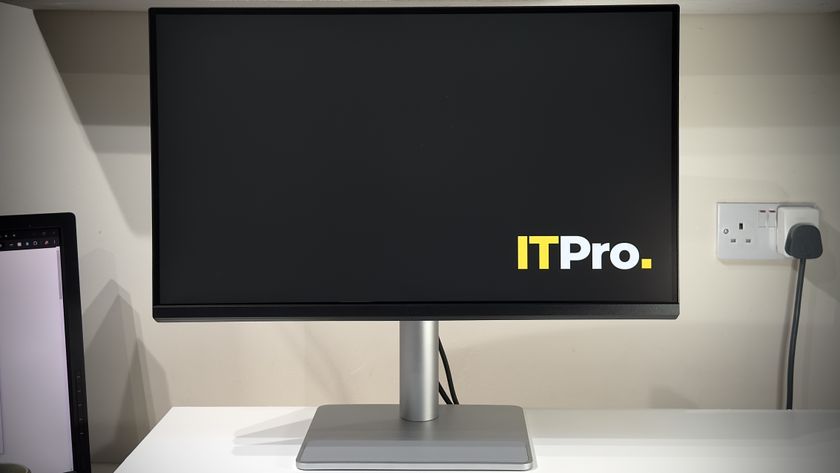This approach has its drawbacks, though. The first is that the backups created by BounceBack are unwieldy and consist of thousands of files. This means moving them from disk to disk is very painful. It also means that if you move your backed-up files from one disk to another disk that isn't bootable, you lose BounceBack's chief benefit. Nor is there any compression if the total sum of your files is 300GB, your backup will be as well.
But it's not a straightforward copy job, either the Ultimate version of BounceBack, reviewed here, includes 256-bit AES encryption, and to restore these encrypted files the user must have Bounceback Ultimate running on the PC.
For fully encrypted backups for sensitive data, users have to purchase CMS's fully encrypted hard disks its ABSplus drives, which come complete with BounceBack Professional. CMS company says that it will work directly with companies that choose to go down this route, and that's it's not available through the channel.
The management software is simple. Once it's installed and you've made your first backup, you can set a schedule for incremental backups, from as regularly as once per day to as infrequently as once per month. Alternatively, there's the CDP mode. This stands for Continuous Data Protection, and it works as a kind of on-the-fly backup. This can be run as infrequently as once every hour or, for the truly worried, once per minute.
In use this has the potential to create a performance bottleneck on a user's PC, but BounceBack's incremental backups use hardware throttling to keep a system usable while data is added to your backup. There's no user control for this throttling as there is in Acronis True Image, though. We rarely noticed a slowdown while BounceBack was working on our test machine, though. The only time we reached for the pause button was when it started backing up the Windows registry an intensive process that made other applications run very slowly indeed.













